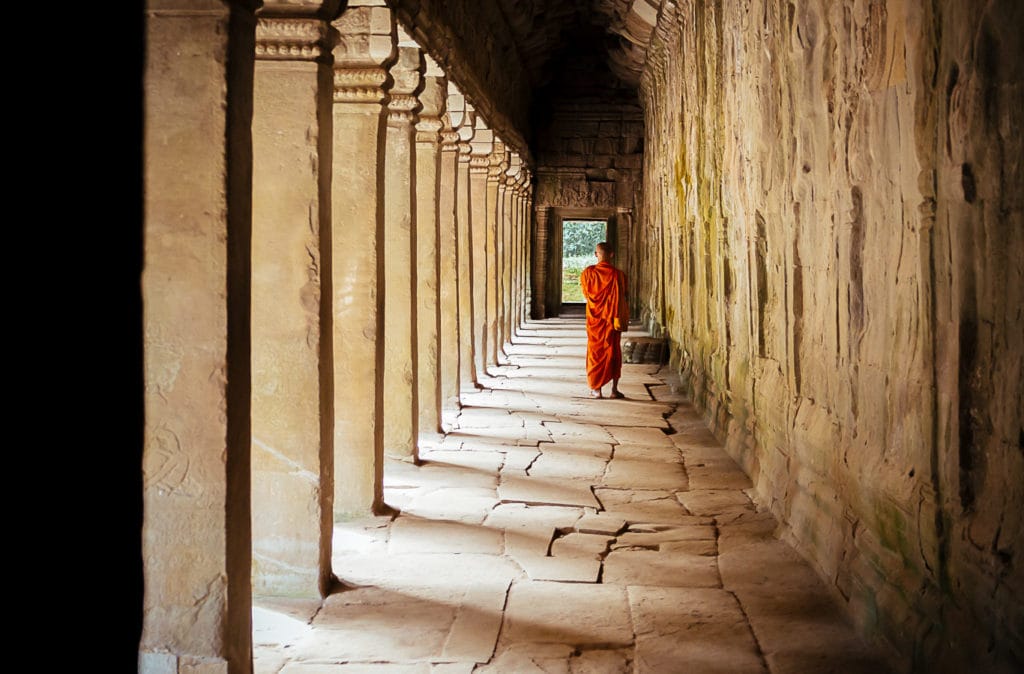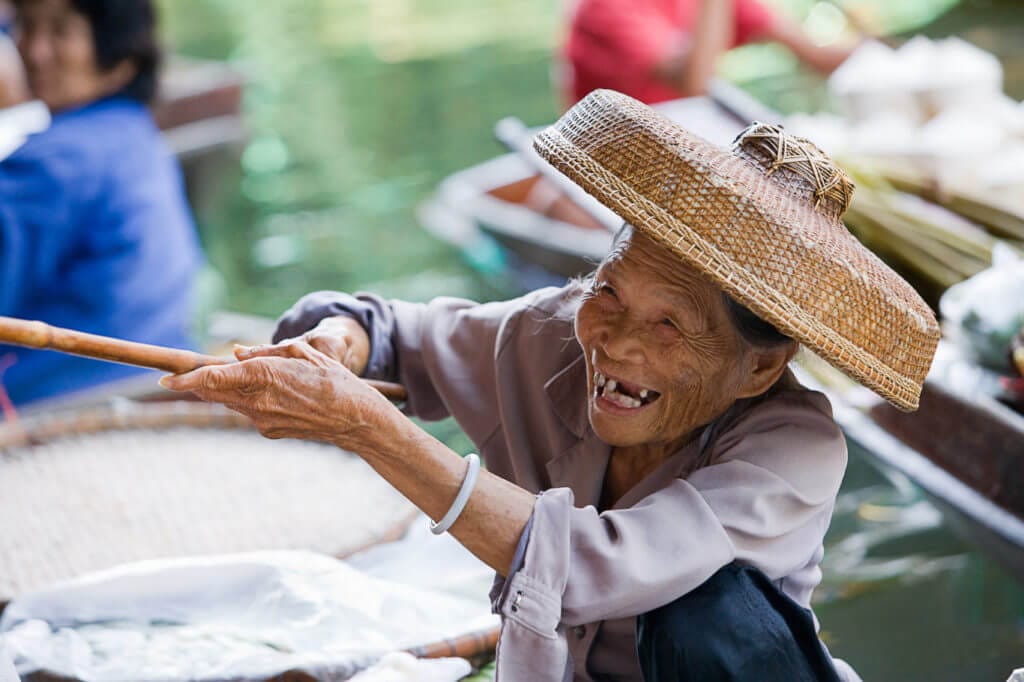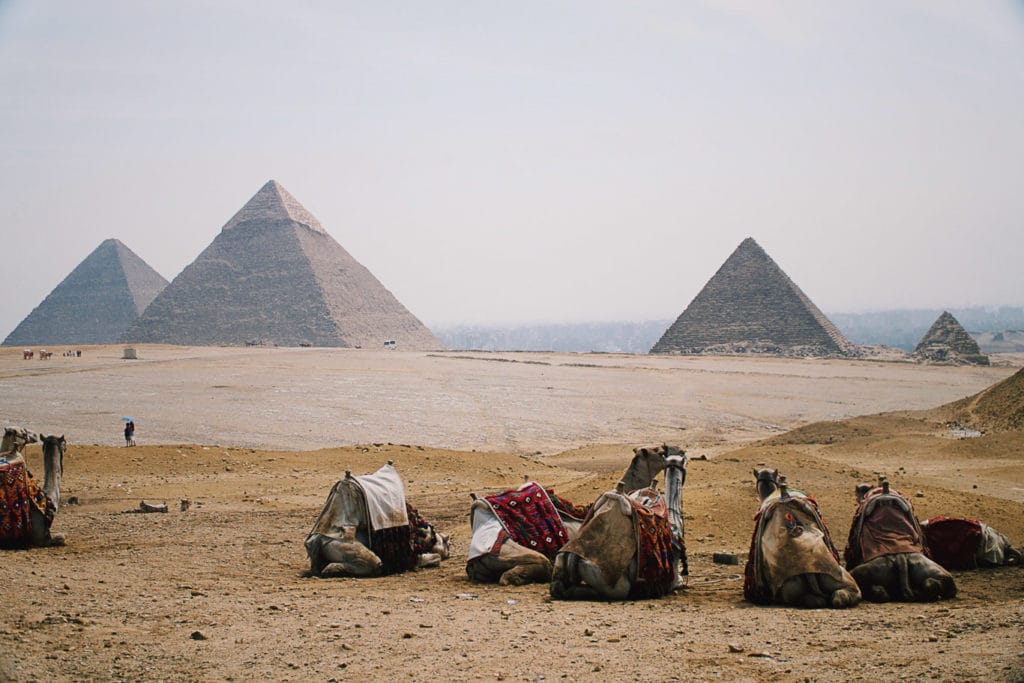Montana's Glacier National Park
Study Environmental Sciences in Montana
ADD AN IMPACT!
Nearly 3 million visitors come to Glacier National Park’s million acres annually. With this vast landscape and a large amount of human traffic, there is plenty of opportunity to make your impact! Choose from environmental sciences activities like tracking flora and fauna, or help with campsite cleanup.
The Worldwide Navigators Difference


Sojourn – Gain a better understanding of the community you’re visiting. Learn about different religions or spiritual practices. How do these impact the communities? How does religion or spirituality influence local traditions?
1 of 1

Savor – Will you choose sweet or savory? Take the time to visit local markets and discover unique local ingredients. Learn how to prepare traditional meals & local favorites.
1 of 1

Tip of the Tongue – Each morning, take the time to learn a few basic greetings and phrases in the local language. Learn how to write greetings & your name in the local script.
1 of 1

A Wrinkle in Time – History influences our present. Discover the history of the country you visit. Hear the stories of your guides & their family history. Where do they come from?
1 of 1

Journal Journeys – Take some time to reflect on the day’s events and document your journey. Spend a moment journaling about the day had & day ahead. These are memories for a lifetime!
1 of 1

Culture – From local dances, festivals, or simple gestures to communicate – all of these make up a country’s culture. Learn and practice cultural norms & how to show respect in the culture you visit.
1 of 1Itinerary
From massive glaciers to the vast landscape they carve, ogle the beautiful environment within Glacier National Park! Upon arrival at the airport, you will be transferred to the park where you will meet up with your group at the Many Glacier Hotel!
Your park ranger will meet with you and share more information about the complex environment around you, inform you in more detail about the volunteer opportunities, and share advice on what features in the park are a “must-see” before your trip ends.
Take a tour of Glacier National Park, and partake in visiting the different campsites throughout the park for environmental clean-up in order to make the park as presentable for the future as it has been for the past!
During your first day, take advantage of some of the most popular hiking trails in the park, such as the Grinnell Glacier hike! This hike is a 7.6-mile hike and takes you to one of the most iconic glaciers in the park, giving you the opportunity to see various lakes, meadows, and towering cliffs along the way. As your day comes to an end, return to your hotel for debriefing on the days’ activities and discussion about what you’ll do on upcoming days.
Utilize your third day to take longer, more intense hikes in order to discover as many plant and animal species as possible! From invasive species to indigenous natural life, Glacier National Park is home to over 60 animal species and thousands of types of plants. The Ptarmigan Tunnel hike is a full days hike and starts in prime bear habitat. This hike will give you the opportunity to marvel over the grand peaks of the mountains surrounding you, and provide an opening to marvel at the alpine wildlife.
This hike would also be a great way for your group to participate in the parks Citizen Science Program, where you take part in the collection and documentation of plant and animal species. This information helps the Crown of the Continent Research Learning Center track and record the inhabitants of the park, which allows them to access the most urgent needs of said inhabitants.
Today you’ll go on a 12-mile round-trip hike to one of the world’s most beautiful lakes. Crater Lake, located at the head of a canyon, is a glacial lake formed by the Siyeh Glacier. The water is an aqua blue, with a color so unique and gorgeous it enhances the beauty of the nature around it.
Glacier National Park has over 700 lakes, many formed by glaciers. For those of you looking for a slightly easier hike, the 9-mile round trip to Iceberg Lake is one of the park’s most popular hikes. This lake provides the rare sight of icebergs floating in an alpine lake, as well as the gorgeous views of the open vistas nestled between the peaks.
Every year, Glacier National Park invites members of the Blackfeet, Salish, Kootenai, and Pend d’Oreille tribes to speak and share their knowledge of their culture and Native America’s history with the park. These events include a wide variety of mediums, from live music to dances, speeches to traditional stories. Different programs are held throughout locations in the park, taking place at campground amphitheaters, the Many Glacier Hotel’s Lucerne Room, and a variety of auditoriums.
These programs offer the opportunity to learn about Native American history and culture, as well as the chance to understand how the environment has changed and developed over the years due to the increase in its human visitors.
You can also use this day for a variety of ranger-led activities and guided tours. Take the opportunity to go on boat trips, bus tours, horseback rides, rafting, fishing, and more throughout the park!
Today you will leave Glacier National Park and travel to Grand Teton National Park. Upon arrival, you will go to your accommodations at Colter Bay Cabins where you will have lunch. After lunch provides great short hiking opportunities.
Take a hike to Inspiration Point, one of the park’s most popular hikes with a round trip of 2.2 miles. This short hike doesn’t short your experience, however. The name holds up to the beauty, with features such as a 200-foot waterfall and amazing panoramic views of the park. To start this hike, you can either walk around Jenny Lake for a slower, more scenic hike, or take a boat ride across the lake for a more thrilling experience.
Jenny Lake also has trails that surround the lake. A 7.7-mile hike around the lake provides panoramic views and waterfront scenery. Hikers who have done this trail suggest traveling counterclockwise around the lake for views of the best mountain lighting.
On your last day of the trip, spend the morning in any variety of way. Join park rangers for leisurely horseback rides, fish in the beautiful lakes and streams, spend time bird watching, or even go mountain climbing!
With a broader view of the environments of national parks, and their human and non-human inhabitants, you will begin your departure home.
With a combined area of over a million acres, Glacier and Grand Teton National Parks are among the most beautiful examples of glacial and alpine environments. Since each park was shaped and carved by thousands of years of glacial activity, these parks are home to plants and animals that thrive in these environments. Each parks’ Rangers and Learning Centers provide unique opportunities to learn about the history, culture, and human impact of both of these parks.
Understanding your U.S. National Parks, and the impact you have on those parks through beautiful views and scenic hikes is a unique opportunity. We hope you join us on this alpine adventure through some of America’s most beautiful mountain ranges, where you will gain the knowledge of the environment and the impact humans have on sustaining the health of the parks!
Value
3-6 Day
Group Trips
- Airfare
- Transportation
- 2.5 - 3-Star Accommodations
- Daily Activities & Excursions
- 2 Meals Per Day
- Tours & Entrance Fees
- Daytime & Self-Guided Tour Director
- 1 Impact Project
Classic
7-12 Day
Group Trips
- Airfare
- Transportation
- 2.5 - 3-Star Accommodations
- Daily Activities & Excursions
- 2 Meals Per Day
- Tours & Entrance Fees
- Daytime Guided Tour Director
- Up to 2 Impact Projects
Epic
7-14 Day
Group Trips
- Airfare
- Transportation
- 3.5 - 4-Star Accommodations
- Daily Activities & Excursions
- 2 Meals Per Day
- Tours & Entrance Fees
- 24/7 Guided Tour Director
- Up to 3 Impact Projects
- Final Night Celebration Dinner
Interested in adding or modifying activities? No problem! All Worldwide Navigator itineraries can be customized to your liking!
In collaboration with our partners


